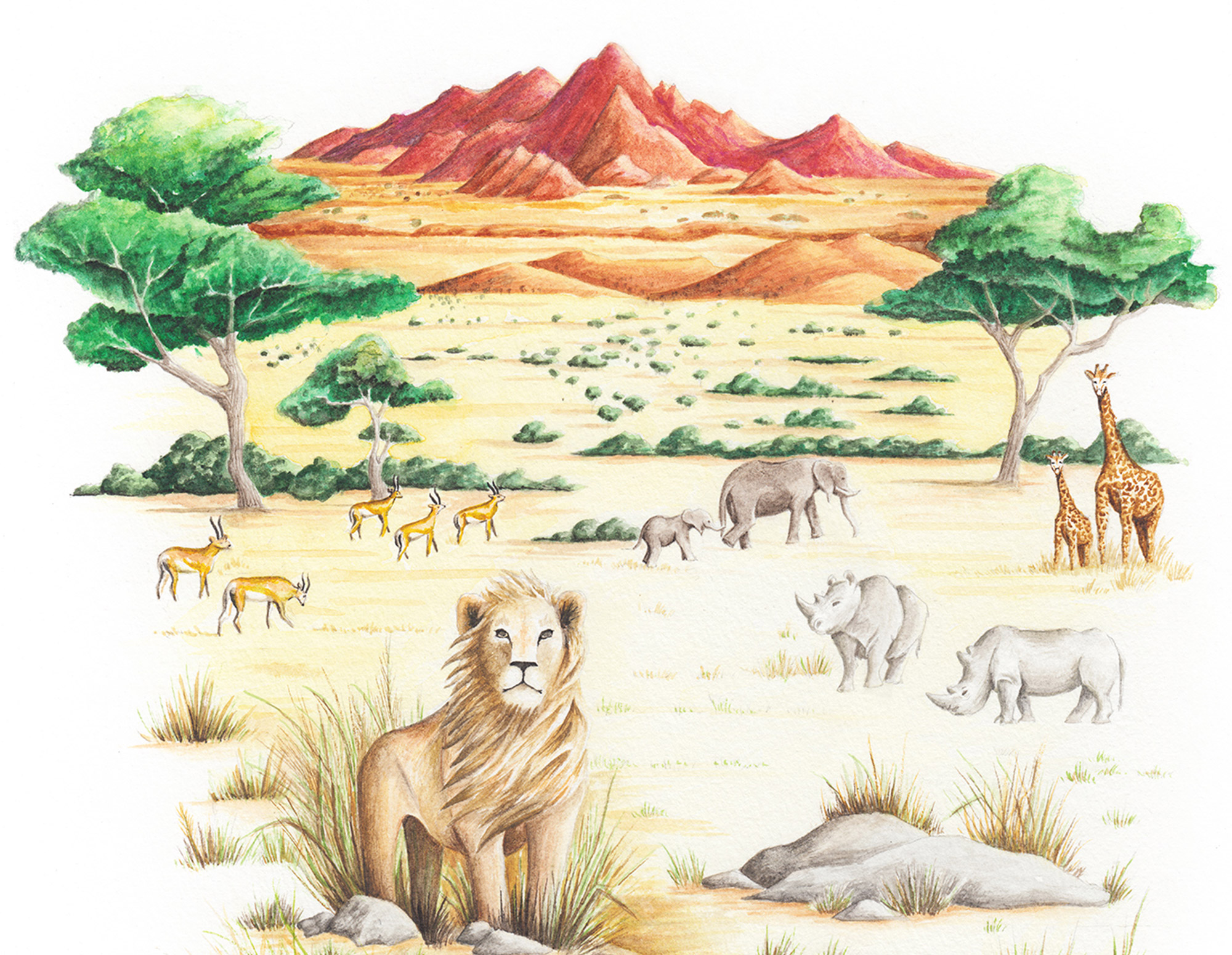Raingarden Action in Neighborhoods
The world is facing a variety of threats from climate change, including extreme storms, rising waters, and more frequent heat waves. As it is predicted that two-thirds of the world's population will live in cities by 2050, it is essential for cities to develop infrastructure to address these challenges.
While large-scale infrastructure projects will be needed to address some of these issues, smaller community-based Green Infrastructure (GI) projects can also effectively combat the effects of climate change. These nature-based solutions, like parks, community gardens, trees, and raingardens, can mitigate negative effects while providing many co-benefits, such as reducing the urban heat island effect and increasing human well-being.
For these community-based GI projects to be effective, more than the initial cost for installation is needed. The support and involvement of the community is essential to maintain and sustain these projects. Community engagement at the design phase can help ensure political and financial support as well as placement of GI where it is most beneficial. In fact, feedback from both those planning and developing GI—at both the municipal and non-profit levels—has identified building community capacity as a critical step in fulfilling the promise of GI in helping communities adapt to the threats of climate change and storms.
With input from key local partners, Earthwatch has developed a community-based program aimed at catalyzing community interest and stewardship activities around green infrastructure. In partnership with The Nature Conservancy (TNC), Franklin Park Zoo, and Codman Square Neighborhood Development Corp, Earthwatch launched the Raingarden Action in Neighborhoods (RAIN) program in 2019.

Get Involved!
If you’d like to find out more information about upcoming RAIN events, please visit our Eventbrite page, or stay up to date with the latest RAIN happenings by filling out this form! If you have any questions, please contact info@earthwatch.org.
What is a Raingarden?
Normally, when it rains, water is absorbed by the soil. Some of it is used by plants, and some trickles down into underground aquifers. But when rain falls in cities, it’s usually met by impenetrable layers of asphalt and concrete. Instead of being absorbed where it falls, it—along with any pollution it picks up—is sent straight to the ocean through storm drains. This can cause many problems for cities, including erosion, water pollution, flooding, and diminished groundwater.
Raingardens are a type of green infrastructure designed to reduce or eliminate these issues. Raingardens are depressed areas that allow water runoff from parking lots and sidewalks to drain. The gardens are filled with wetland vegetation, like ferns and shrubs, whose roots allow water to drain into the ground.
Raingardens help restore the water cycle to urban landscapes and can help reduce the threat of floods due to climate change!

An example of a raingarden found in urban centers across North America
About the Program
When you enroll in RAIN, you’ll become part of a ‘Green Team’ that will be educated on the knowledge and skills needed to manage and take action to maintain green infrastructure. These sessions will train participants on how to establish, monitor, and sustain rain gardens in their neighborhoods, in addition to more general GI information. The training is divided into three four-hour modules spaced three to four weeks apart.
Throughout our workshop, we will discuss:
- How water impacts your community
- The benefits of Green Infrastructure
- How to spot problem areas in your yard and neighborhood
- Actionable steps to take to make a difference
This hands-on experience will help you feel more connected to and have a greater understanding of the environmental issues in your own backyard and how you can make a difference. Take action at the local level and strive towards a more sustainable future!
Rain Garden Action in Neighborhoods Webinar
.

Facilitators walk through the steps in creating a special kind of rain garden in urban centers in California.
Get Involved!
If you’d like to find out more information about upcoming RAIN events, please visit our Eventbrite page, or stay up to date with the latest RAIN happenings by filling out this form!
If you have any questions, please contact info@earthwatch.org.



Experience hands-on science in some of the most astounding locations in the world. Meet a community of like-minded travelers and return home with stories filled with adventure.

YOUR SUPPORT MATTERS
Earthwatch depends on donations—above and beyond what we raise from volunteers who participate on our expeditions—in order to deliver our global conservation mission. In fact, volunteer contributions provide only half of the total resources Earthwatch needs to sustain over 40 field research expeditions, a wide variety of educational programs, corporate sustainability trainings, and more each year.